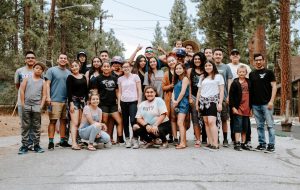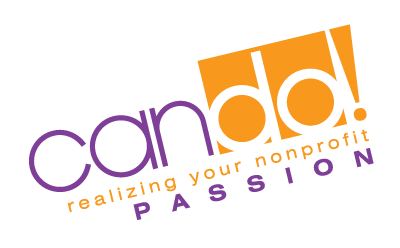Telling your story requires communication on numerous levels and to various audiences. Making your nonprofit stand out requires a clear, compelling, and convincing message that is consistently delivered across all segments of populations you seek to influence. Where do you start and how can this work best for your organization’s success?
1. The Strategic Plan
Always start with your Strategic Plan. All nonprofits should have a 3-5 year strategic plan that is being evaluated and managed at every board of director meeting and by staff on a daily basis. Everything points back to the strategic plan. This plan has goals and objectives that guide the Marketing and Communications Plans you will make internal to the organization and externally to donors, volunteers, the community and more.
2. Branding

Vision: Who you want to be
Mission: What you do
Brand Essence: What you want people to feel
Brand Position: What you want to say
Branding includes your logo, colors, and messaging. It is consistent across all mediums and audiences. It is felt deep within your organization and in all you do.
3. Know Your Audience

Donors: Thank yous and money asks
Volunteers: Requests and Appreciations
Clients: Services and Needs
Community: Awareness and Involvement
Businesses: Collaborations and Sponsorships
Governments: Public Relations and Policy
Foundations: Partnerships and Purposes
4. Communication Tools
There are so many communication tools and resources for your nonprofit to use that it can be head-spinning. Your Marketing and Communications plans will help to focus the tools you will use for each kind of communication. Additionally, the plans include a calendar of when you will use what type of communication and who will receive the communication. This list may not be exhaustive but is a great start for you to consider which ones to use and for what purpose. The important concept is to use the right tool for the right reasons.
Remember the Rule of 7? It is the concept that a person must see a message at least 7 times before they will buy. Communications is not done just 1 time to an audience. Just like a business must do, nonprofits must get people to know, like and trust you. As you communicate your success and keep track of your impact, the community starts to believe in you.
Flyers & Brochures
Events
Direct Mail
News articles and press releases
Radio
Social Media Presence
Advertisements
Website
Blogs and Vblogs
Videos
Podcasts
Text Messages
Newsletters: Online and Print
Donor Receipts
Donor Thank You Cards: always personalized
Fundraising Letters
Phone Calls
Annual Reports
5. SMIT (Single Most Important Thing) & Emotions
When you creating your messages you must Keep It Simple (muah!).
SMIT
What is the SINGLE MOST IMPORTANT THING you want that message to say. Be clear and don’t use any industry jargon. Make what you say STICK like glue. That simple jingle, simple phrase, simple message will keep your nonprofit top of mind.
Emotions
Decision making is 80% emotional and 20% rational. Sharing your message to create an emotional response will always provoke a stronger and more committed response. Sharing the individual stories of a person impacted by programs is a great way to share the true emotion of your work.
6. Be Transparent, Fair And Honest
As always, in all we do, our communications have to mirror the high standards given nonprofits. Transparency, fairness and honesty is held in every principle of the work being done each day and as this is shared and communicated within and outside the organization the community gains your respect. Develop communication policies including privacy, social media, technology, media use and others.
“Marketing gives a voice and an identity, so that Development can take the message to the right person at the right time.” Kali Baker, Omaha Foundation.







